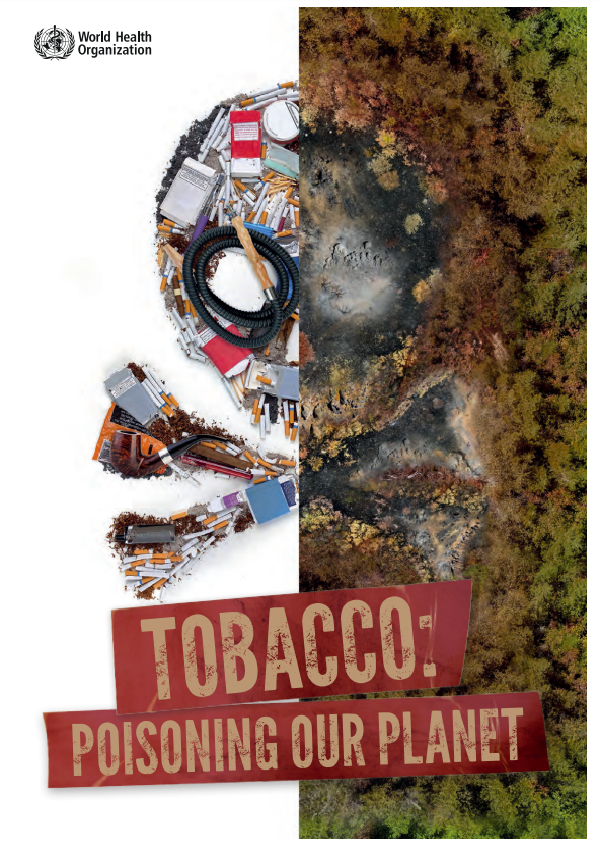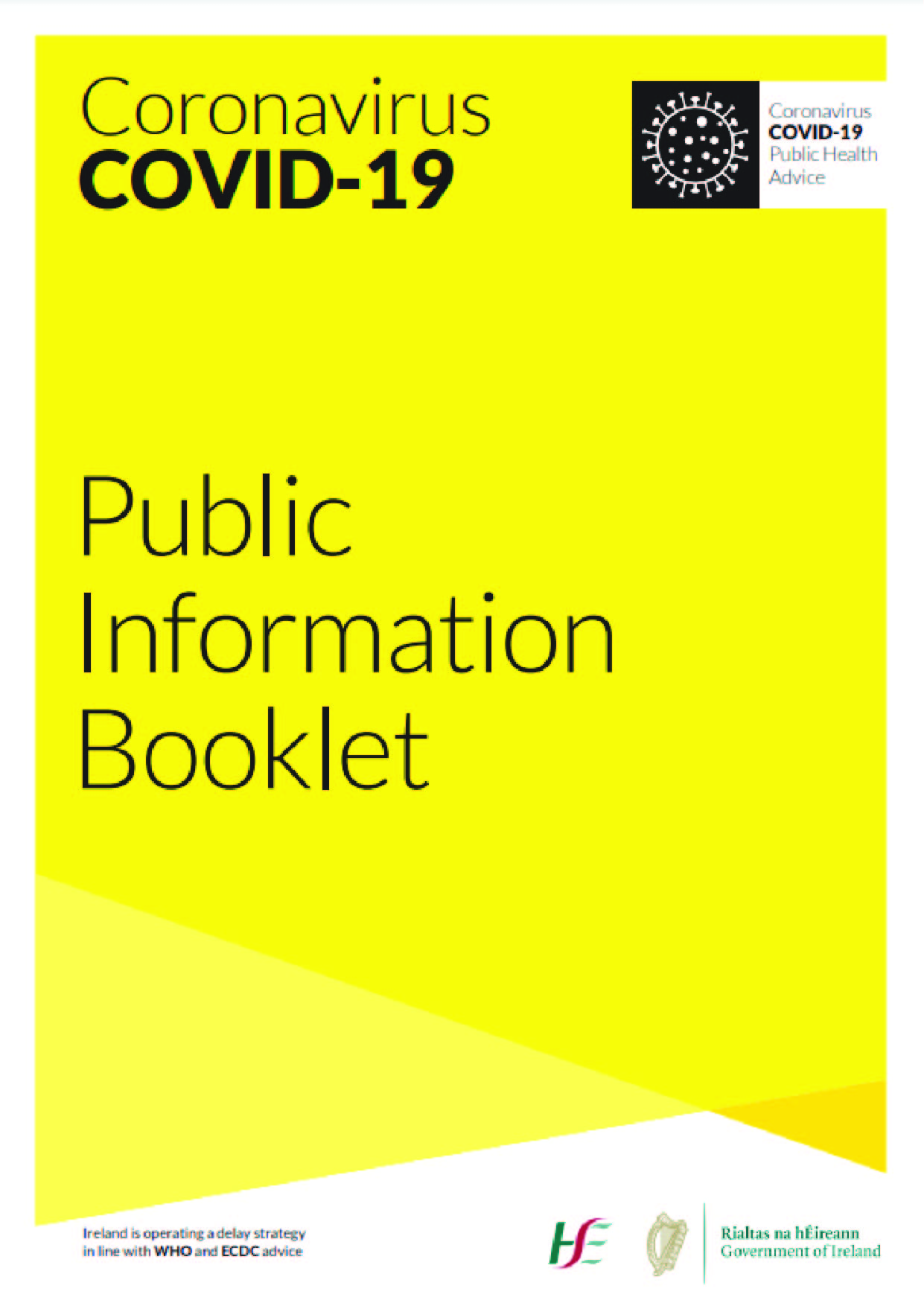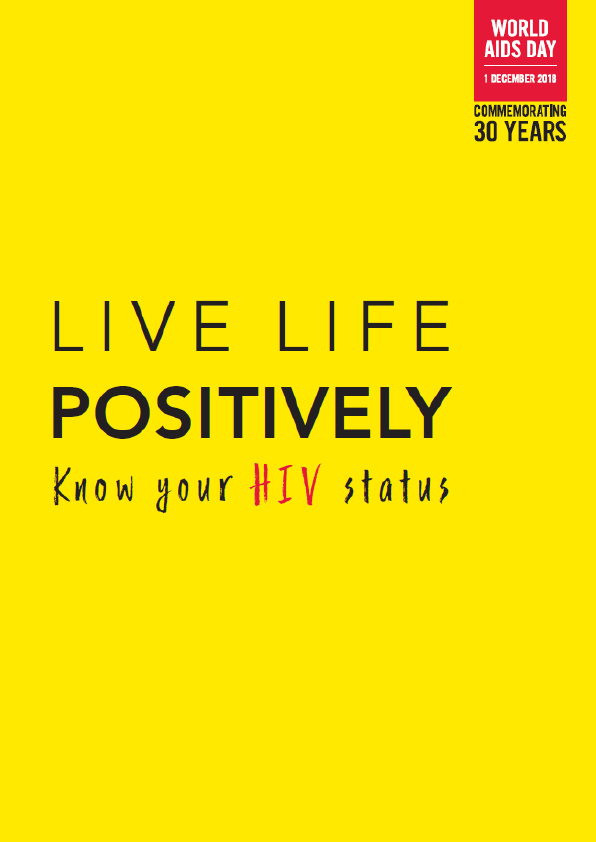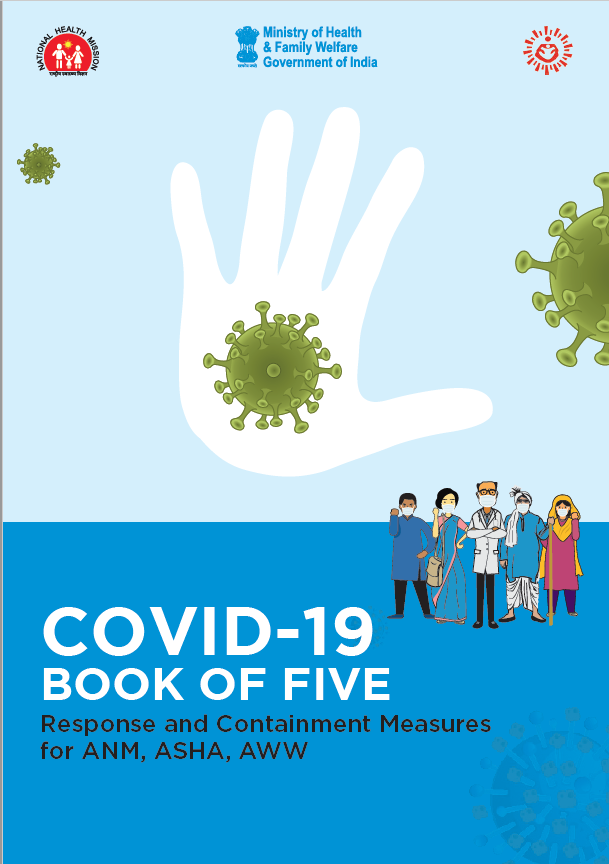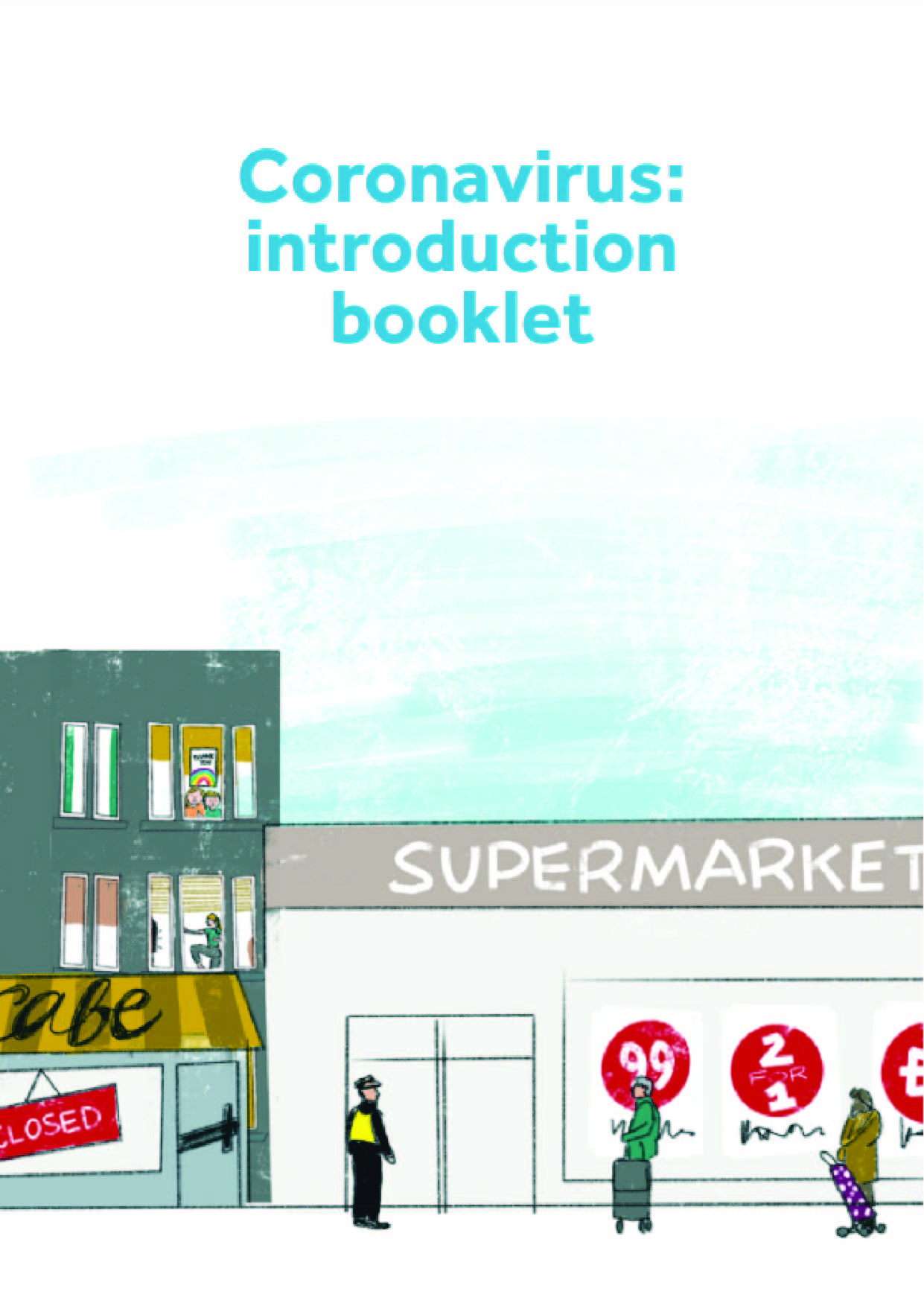Tobacco is the common name of several plants in the genus Nicotiana of the family Solanaceae, and the general term for any product prepared from the cured leaves of these plants. More than 70 species of tobacco are known, but the chief commercial crop is N. tabacum. The more potent variant N. rustica is also used in some countries. Tobacco use is a well-documented threat to global health, and in the area of tobacco control, extensive work has been done to communicate the health risks of tobacco use and to reduce the demand for tobacco through effective policy interventions. What has been less discussed or documented are the environmental health risks of tobacco cultivation, production, distribution, consumption and waste. The harmful impact of the tobacco industry on the environment is vast and growing, and has thus far received relatively little attention from researchers and policy-makers.
The environmental consequences of tobacco use move it from being a human problem to a planetary problem. It is not just about the lives of tobacco users and those around them, or even those involved in tobacco production. Tobacco can no longer be categorized simply as a health threat – it is a threat to human development as a whole.
FARMER LIVELIHOOD AND HEALTH
Tobacco farmers and their families are exposed to several health risks. As many as 25% of tobacco farmers are affected by green tobacco sickness (nicotine poisoning), a disease caused by nicotine absorbed through the skin from the handling of tobacco leaves. Tobacco farmers are exposed daily to “tobacco dust” and other chemical pesticides. A tobacco farmer who plants, cultivates and harvests tobacco may absorb as much nicotine as is found in 50 cigarettes. In addition to direct exposures, tobacco farmers often bring harmful exposures back home on their bodies, clothes or shoes, leading to secondary harmful exposures for their families.
Children are particularly vulnerable, given their body weight relative to the proportion of nicotine absorbed through their skin. Pregnant women are disproportionally affected by the harmful effects of tobacco farming and face a higher risk of miscarriage. From a socioeconomic perspective, tobacco farmers are often under contractual arrangements with the tobacco industry and are trapped in a vicious circle of debt incurred in the purchase of seeds and chemicals, making the farmer unable to benefit fully from the lucrative tobacco market. Tobacco farmers may also earn less than other farmers in the agricultural sector, and agricultural land may be diverted from food growing to the tobacco cash crop.
AGROCHEMICAL USE
Tobacco growing is resource-intensive and requires heavy use of pesticides and fertilizers, which contribute to soil degradation. These chemicals escape into the aquatic environment, contaminating lakes, rivers and drinking water. Land used for growing tobacco then has a lower capacity for growing other crops, such as food, since tobacco depletes soil fertility. The economic lure of tobacco as a cash crop may not offset the damage done to sustainable food production in lowand middle-income countries.
WATER DEPLETION
Depletion of precious water resources is another harmful consequence of tobacco production. A single cigarette requires the use of about 3.7 litres (L) of water over its life cycle, from growing/cultivation, manufacturing, transportation and use to disposal. Every year, about 22 billion tonnes of water are used in tobacco production globally. This is the equivalent of 15 million Olympic-sized swimming pools, or roughly the volume of water discharged by the Amazon, the largest river by water flow in the world, in one day.
Tobacco requires up to eight times more water than, for example, tomatoes or potatoes. For every kilogram (kg) of tobacco that is not produced, consumed and disposed of, the potable water needs of one person can be met for an entire year.
These water-use estimates are likely an underestimate. A large proportion of tobacco product waste, which consists mostly of cigarette butts, finds its way into bodies of water and water sources, primarily through storm water systems, seepage from landfills, or direct littering into water or area near water (for example, beaches or parks). If we conservatively assume that one cigarette butt can pollute as much as 100 L of water (estimates range from 30 L to 1000 L, depending on a variety of factors), even if only 25% of the global 4 trillion littered butts per year make into bodies of water, this would result in another 100 trillion litres of water consumed by the tobacco product life cycle, which, combined with the 22 billion tonnes associated with farming and manufacturing, would be equal to about 3.5 times the water volume of Lake Chad in central Africa.
DEFORESTATION AND LAND DEGRADATION
Deforestation and soil depletion and erosion are also a serious concern. To make space for tobacco growing and to obtain wood for curing, trees must be cut down and land cleared. Approximately one tree is needed to make 300 cigarettes. Tobacco farming accounts for about 5% of total deforestation.
Most of the deforested land is in the very high-risk group in the desertification tension zones, including southern Africa, the Middle East, south and east Asia, Latin America and the Caribbean. Approximately 200 000 hectares (ha) of land are cleared for tobacco agriculture and curing each year, which is the equivalent of almost half the entire land area of Cabo Verde (403 000 ha). Wood is required to flue-cure or dry the tobacco leaves after harvesting. Compared with other agricultural activities such as maize growing and even livestock grazing, tobacco farming has a far more destructive impact on ecosystems as tobacco farm lands are more prone to desertification. Against this background, taking legal measures to reduce tobacco growing and help farmers to move into the production of other food seems to be more efficient than other well intentioned initiatives.
CARBON EMISSIONS
The manufacturing and distribution of tobacco products are environmentally damaging steps in the tobacco life cycle because of their extensive use of energy, water and other resources. Overall, these processes generate a substantial amount of carbon emissions, estimated to equal 3 million transatlantic flights. They include energy and water use for growing tobacco, shredding and reconstituting the tobacco leaf, freezing and artificially expanding the surface area of reconstituted tobacco, producing paper used in commercial cigarettes or as rolling paper used by the consumer, producing cigarette filters and producing packaging and advertising materials. The logistics of leaf importation and distribution from manufacturers to wholesalers and retailers by truck, boat, rail or other means of transport creates an additional carbon footprint.
